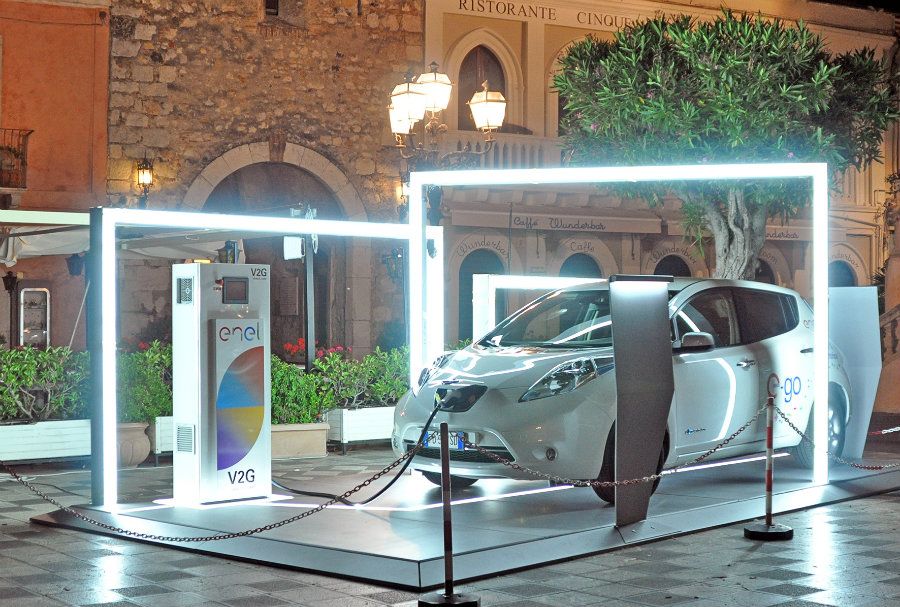Cities around the world are already reaping the benefits of the rapid convergence of communications technologies and electricity grids, paving the way for energy services that are cheaper, greener and more intelligent.

“After so many years of talking about smart cities, the concept is actually starting to have a meaning,” says Francesco Venturini, head of the new Global E-Solutions business line at Italian energy company Enel. The unit is using new, mainly digital technologies to develop innovative services for energy consumers in homes, industries, cars and cities.
“The boundaries between telecom and energy grids and business models are becoming blurred,” Venturini says. “Energy is not going to be generated and consumed in the same way anymore: to integrate photovoltaic panels on the roof and electric vehicles in the garage, there needs to be a lot more intelligence in the grid. This is finally powering the emergence of truly smart cities.”

Two separate trends are driving the transformation of the energy industry. First, the digital revolution is giving energy companies and their consumers an unprecedented level of information, insight and control over electricity usage.
“Digital convergence and digitization make it possible to collect and analyze data,” says Livio Gallo, head of Enel’s global infrastructure and networks business line. “With this complete picture, we can improve the efficiency and quality of energy distribution and design innovative, added-value services.”
The most visible of these new services is the so-called smart meter. In its home market of Italy, Enel is currently working to install around 41 million second-generation meters, a program that is currently keeping a pace of around 7,000 meters installed per day. Households equipped with the devices are able to collect data from the meter and identify inefficiencies in how they use energy and change their consumption accordingly.
“Boundaries between old business models are getting blurred.”
Francesco Venturini, Head of Global E-Solutions, Enel
At the same time, by digitizing its grids and installing remote sensors and smart meters, Enel is able to continuously monitor network performance in real-time and to predict possible problems before they escalate. The company can now carry out maintenance works to avoid that any defect deteriorates into a larger fault of the grid.
“We see the grid as an enabler of new services.”
Livio Gallo, Head of Global Infrastructure and Networks, Enel
The second factor driving the transformation of the energy sector is the arrival of renewable power. In this area too, Enel’s investments in digitization and smart grids are paving the way for a new era of urban innovation, an era characterized by renewable distributed generation systems, electric vehicles and domestic energy storage.

“One reason why we need more flexible grids is to integrate renewable energy generation and storage technologies,” Gallo says.
In response to the rise of renewable energy, companies have to reinvent their grids, Venturini says. “Renewables have completely changed the way energy is generated,” he explains. “The main issue now is how this energy is distributed and consumed. Renewables are an unstoppable trend, but need different solutions to be managed.”
Before long, Venturini forecasts, smart technologies will enable urban households to store their own renewable energy output and send it back to the grid, or to feed the grid directly with the batteries of their electric vehicles. “In the future, the world of energy will be based mainly on software,” he says. “Thanks to digitization, smart grids and renewables, we will be able to create an ecosystem in which our customers see energy as an added-value service”![]()









